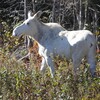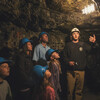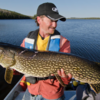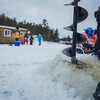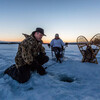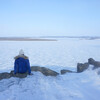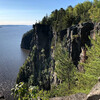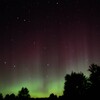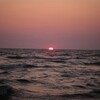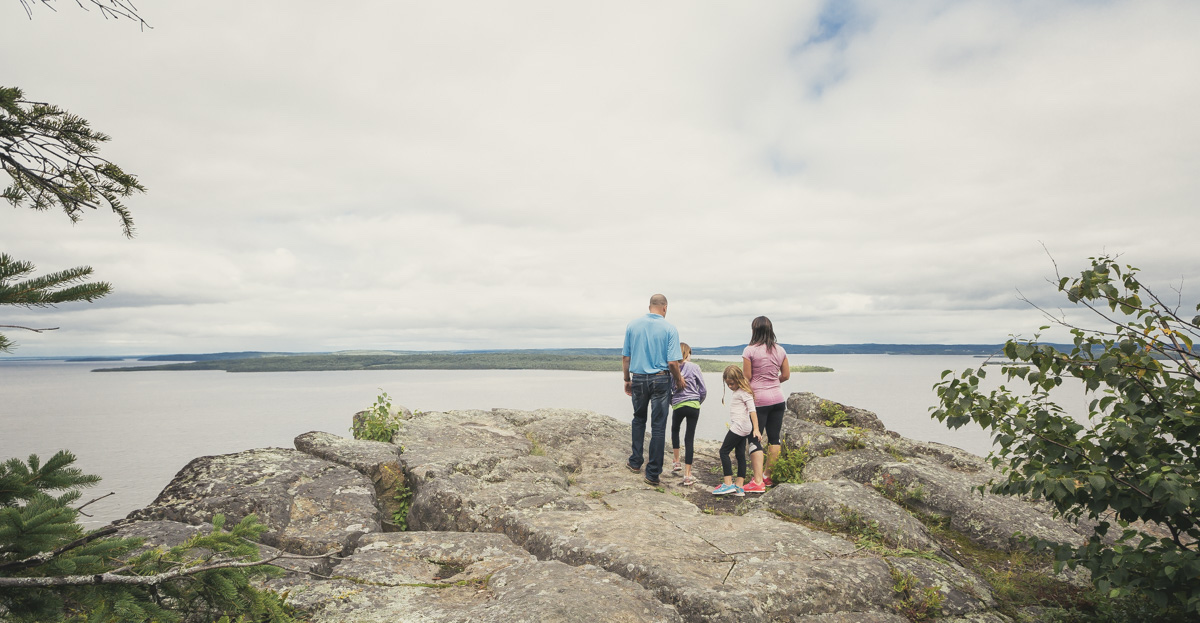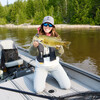
Please note this page may no longer be up to date. For new stories about Northern Ontario visit us here.
Looking Up in Northeastern Ontario
There are two things that can shorten a night out under the stars, the buzzing of mosquitoes on hot summer nights and the bone-chilling cold of our Canadian winters. With that said, we now enter ideal observing conditions in beautiful Northeastern Ontario.
After the fall equinox occurs in late September, nighttime hours are now longer than daylight hours. This means we can start to see the starry sky earlier and earlier as the weeks march on. Nightly temperatures are now dropping to the single digits thus keeping the bugs at bay. And we still have a couple of months until we are in the icy grip of winter. Northeastern Ontario is a great spot for viewing the night sky with minimal light pollution and fantastic vantage points, add to this the crisp and clear fall nights you really have a recipe for some of the best celestial viewing available.
Some highlights of our region include two official Dark Sky Preserves. One at Gordon's Park on Manitoulin Island and the other in Killarney Provincial Park, both of which offer spectacular opprotunities to take these sights this fall.
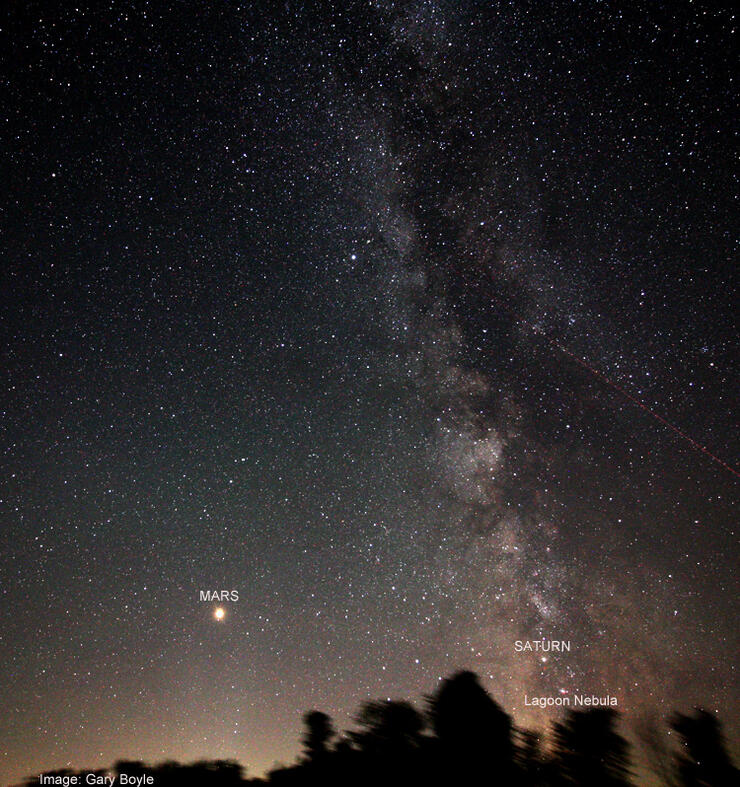
Photo provided by Gary Boyle.
For the remainder of September and a little into October will be your last chance to see the brilliant planet Venus just above the western horizon as soon as the sky darkens. Try to locate a flat area with no obstructions like trees or hills. Venus will soon be too close to the Sun to be viewed safely. The planet returns to the morning sky before sunrise around mid-November. To the upper left of Venus we still see the king of the planets – Jupiter which sets about an hour after Venus. Any telescope will show the four Galilean moons orbiting Jupiter, changing position from night to night. This pair of bright planets is now in a place that can be easily photographed otgether while the western sky is changing darker shades of blue.

Photo provided by Gary Boyle.
This is still a great time to experience the glorious Milky Way Galaxy that took centre stage back in June and July. Although we still see the ghostly band of billions of distant stars overhead, the constellation Sagittarius (heart of the galaxy) is now sinking in the south. We can still enjoy wonderful targets such as the Lagoon Nebula which is a stellar nursery. Right now stars are slowing growing in this gaseous region.
The planet Saturn is still visible with the background Milky Way adding to the view and by the end of November Mars will be the only naked eye planet still visible. Even though it is dimming from its July 31 closest approach to the Earth, Mars is bright orange in colour thanks to its global dust storm that is now beginning to subside.
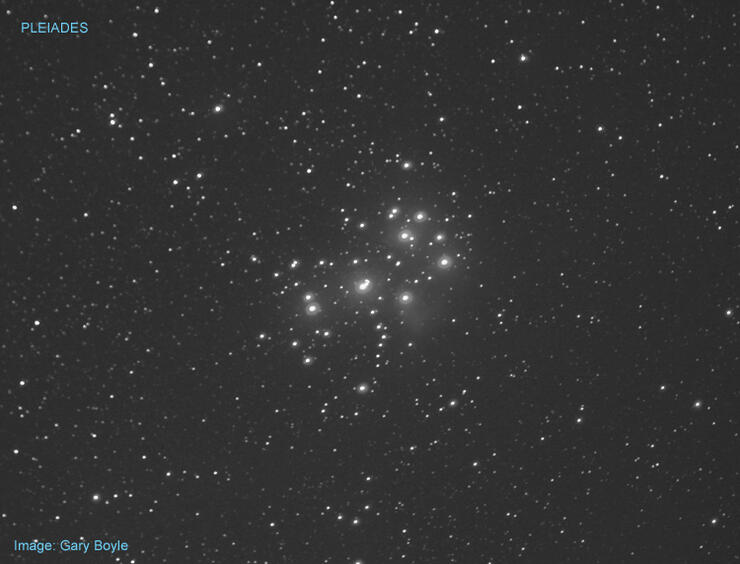
Photo provided by Gary Boyle.
As we look along the Milky Way towards the east we see a great square of stars. This is the constellation Pegasus portrayed as the winged horse in mythological stories. Attached the Pegasus is the constellation Andromeda which is where we find our closest galaxy. The Andromeda Galaxy is located 2.5 million light (ly) years away and can still be glimpsed with the naked eye from the dark skies of Northeastern Ontario on a moonless night. As always I encourage visitors and campers to bring a pair of binoculars to enjoy the full beauty of the transparent skies.
The lovely star cluster called the Pleiades of the Seven Sisters is visible low in the east after 10 p.m local time. Located 425 ly away, the Pleiades are only 100 million years old and contain hundreds of stars. We only see the seven brightest members with the unaided eye. The Pleiades symbolizes the heart of mythological Taurus the Bull. The large “V” shape of stars located below the Pleiades called the Hyades Cluster is 153 ly away and forms the head of the bull as it battles Orion the Hunter.
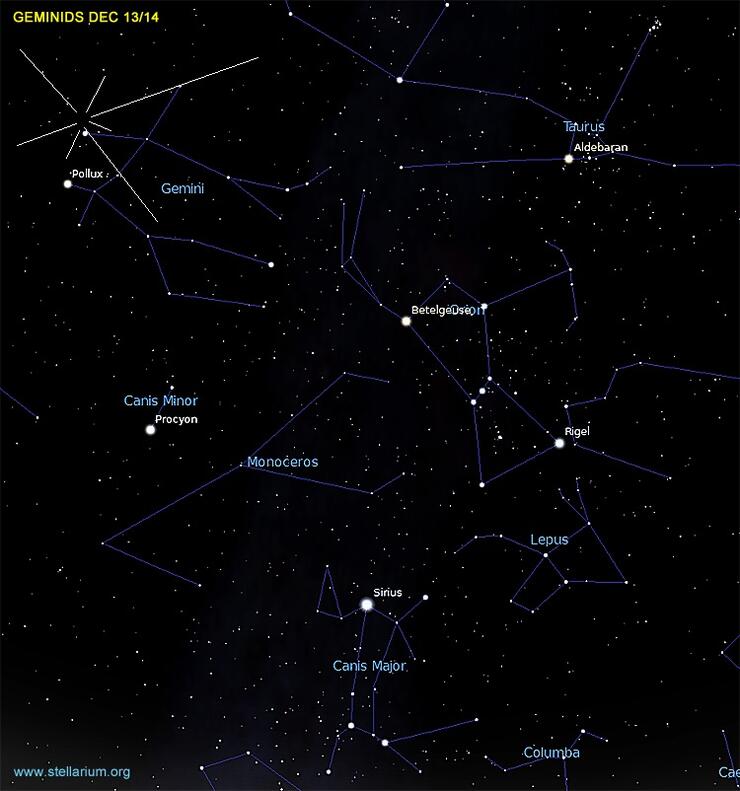
Photo provided by Gary Boyle
The Orionid meteor shower occurs from October 15-29 and peaks on the night of October 21-22. On this night you should see about 20 meteors per hour but past showers have produced as many as 80 in a single hour. The Orionids are produced by Earth encountering the dust debris Halley’s Comet which last rounded the Sun in 1986 in its 76 year orbit, much like bugs hitting the car windshield. Unfortunately the moon will be 92% lit and wash out the sky thus reducing the numbers seen. Looking forward to December, the Geminid meteor show will peak on the night of the 13-14 and produce about 120 slow moving meteors per hour. To me, this is the best shower of the entire year but you will have to dress for the conditions. The moon will set about 10:20 p.m. local time so the rest of the night will be dark.
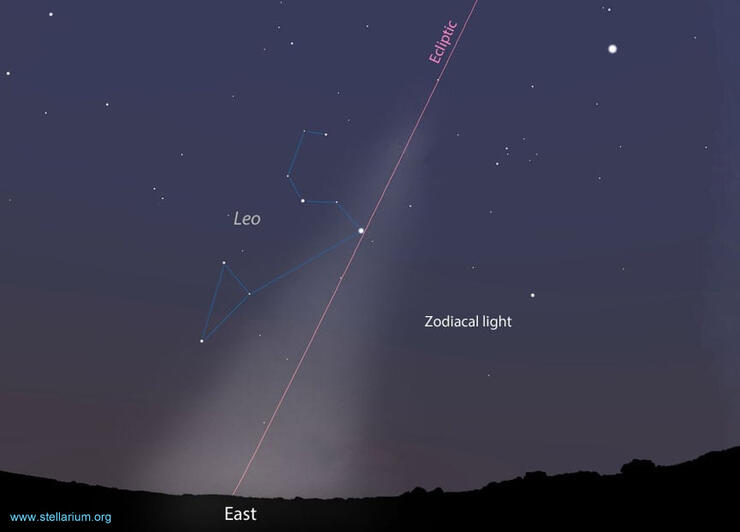
Photo provided by Gary Boyle.
For a two week period starting October 13 look for the faint zodiacal light before sunrise in the east. Also call false dawn, this faint cone shape pillar of light is caused by sunlight reflecting off the dust in our solar system. Fall and spring are the optimal times to see this ghostly display.
New moon occurs on October 9, November 7 and December 7.
Full moon occurs on September 25, October 24, November 23 and December 22.
Until next time, clear skies everyone.
Recommended Articles
The Seven's Best Hikes, Biking Trails and Lakes

7 Best Spots to Check Out in The Seven

Budget Bliss: Explore Northeastern Ontario Without Breaking the Bank

Bring Your Fam!

Time to Unwind: 6 Spa Havens to Discover In The Seven
5 Amazing Places to SUP in Northeastern Ontario

5 Amazing Bike Rides to Discover

Northern Lights in Northeastern Ontario

Northeastern Ontario's Best Pride Festivals

Fish for one of the World's Rarest Species of Trout

An Insider's Guide to Manitoulin Island

6 Small-Town Gems to Explore in Northeastern Ontario

11 Best Things to Do in Kapuskasing, Ontario

